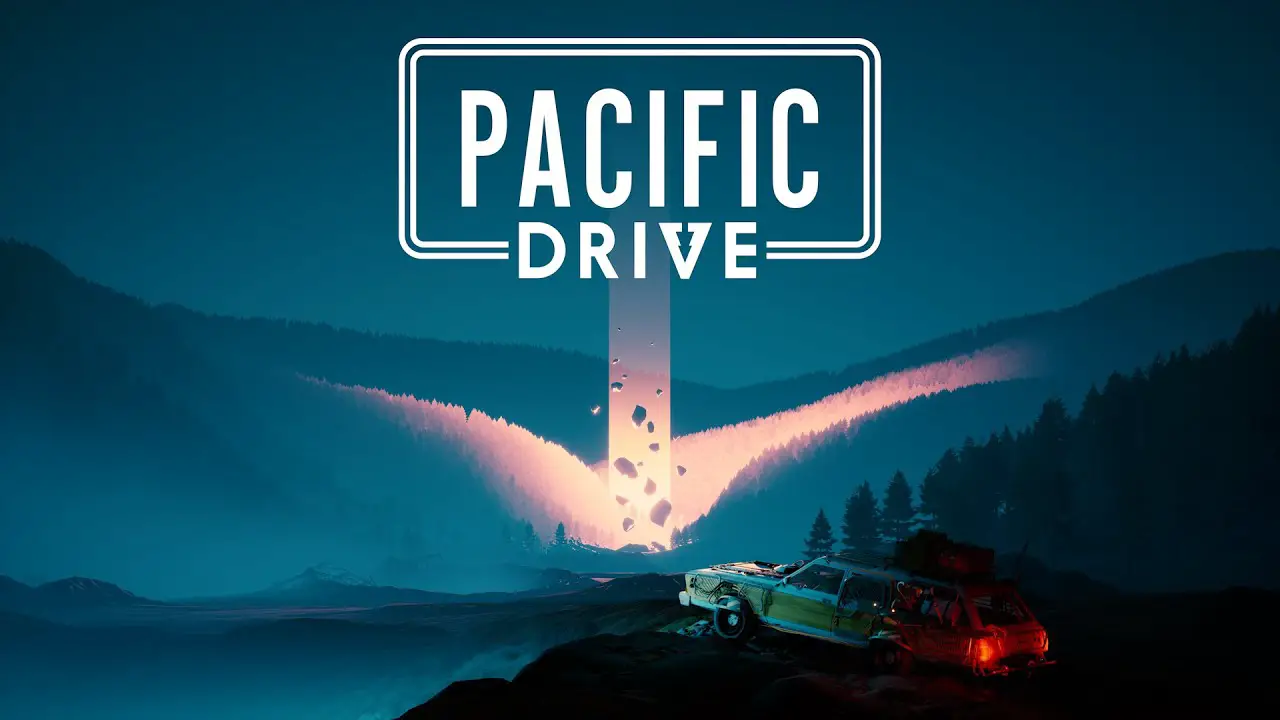A simple breakdown of the four generators in Subnautica.
Overview and Mechanics
When building a base you must provide that base with power for it to provide oxygen. Machines built inside the base will often consume power to function. Since your ability to feed and hydrate is dependent on those machines, power is literally the stuff of life. But how does it work?
Subnautica offers four kinds of generators. Each generator has a certain capacity for how much power it can store, an internal battery. A generator refills its internal battery at a certain rate, which varies from generator to generator. Generators CANNOT refill the batteries of other generators.
As long as at least one generator has at least one point of power, the base produces oxygen, the lights are on, and everything seems fine.
When a machine requires power, that requirement is subtracted from the battery of one or more generators. The game will automatically favor the FIRST generator to be completed. The second generator will not be accessed until the first generator is drained to zero.
This order CAN be manipulated. Partially disassembling a generator and rebuilding it makes it the newest generator, and thus the last one to be used. Be warned, this also sets the generator’s internal capacity to zero and destroys any fuel it contains.
When inside a base, the top of the player’s HUD reports the sum of all generator’s current charge and maximum capacity. Remember, though, that this is a simplification, and each generator is fundamentally working independently.
This is important if you mix multiple types of generators. Make sure that the generator you want USED first was BUILT first.
Solar: Cheap, Easy, Weak
- Generation at sea level: 15 units per minute.
- Capacity: 75 units
In the magical world of Subnautica, solar panels are cheap and easy to build and provide a respectable amount of power.
If only.
As in real life, solar power is the weakest option with a lot of drawbacks. Most importantly, it only works during the day, so you’re on generators at night. This is important if dealing with a constant draw.
Example: an active scanner room draws 30 units per minute. Two solar panels can match that, so three solar panels will keep the batteries topped up, 225 units of power to get through the night.
No.
The scanner room will drain the first solar panel dry. It will then draw on the second panel. The second panel will start generating, trying to replenish itself. The two panels’ generation match the drain by the scanner room, neither increasing nor decreasing. Additional power drains, like using a fabricator, will deplete the second panel. When it eventually reaches zero, then and only then will the third panel engage, keeping its capacity topped up. When night falls, the base will have only 75 power, at most 150.
Things become much worse as you go down. 100m deep might still look cheerfully bright, but the solar panels only generate half power. 200m down and the panels are down to one fifth, a pathetic 3 units per minute.
Solar is slow and unreliable, but the power is effectively free. Arrange your generators so any solar panels are drained FIRST. Remember, they need to be a little drained to do you any good.
Thermal Power: That Dang Overhead
- Generation rate: about 1.3 units per degree Celcius.
- Capacity: 250 units
Thermal plants are expensive to build and hard to place, but they provide energy without fuel. The trick is placing them correctly.
Thermal plants generate power in water warmer than 25 degrees. The hotter the water, the faster the thermal plant generates. Ideally you’ll find thermal vents or lava geysers to tap. Some useful breakpoints:
- 37 degrees outperforms a solar panel on the surface at noon
- 44 degrees is half a bioreactor
- 63 degrees outperforms a bioreactor
- 44 degrees isn’t hard to find around a hot spot, so two or three thermal plants can put a base in good standing. The relatively high cost to build a thermal plant is a factor, though. Once it’s built, though, it costs nothing to keep running.
These plants are a huge step up from solar power, Hot spots can be found in almost any biome and at significant depths, so using them frees you from building only near the surface. You’re no longer tied to the day/night cycle, either, which means no more worries about when you will have generator capacity.
Since thermal plants consume no fuel to provide power, they belong above any reactors in the power list. It doesn’t much matter where they are relative to solar panels, but I prefer to put them after the solar panels. That way the solar panels actually contribute, rather than sit there like a hippie monument.
Bioreactor: Fish are Fuel, not Friends
- Generation rate: 50 units per minute
- Capacity: 500
At 50 units per minute, the bioreactor exceeds the typical output of the free generators. It can be built in any multipurpose or large room, as well, which dramatically increases the flexibility in base locations. Build ANYWHERE.
Fuel, however, is the concern. The bioreactor does not run endlessly, and you have to manually feed it fuel to keep it running. Fortunately, keeping it fed is easy. Here are six simple options:
- Oculus. 630 energy per slot, the most you can possibly have. A single alien containment half-fills the reactor and leaves a breeding pair to restock for later. The good news is you won’t have to refuel often: the bioreactor holds 10,000 energy worth of oculus at once. Oculus are also the third best food fish.
- Reginald. 490 energy per slot, but it’s the best food fish available. If you don’t use the reactor too much, having better cured fish in your pantry might be worth it.
- Gel Sacks. 245 energy per inventory slot is a lot, and a single exterior growbed can fill a bioreactor and provide just enough seed to replant.
- Bulbo/Marblemelon. These plants offer 420 energy in a 4 space piece, and can be grown right next to the reactor. Replanting is necessary, though, so watch your seeds. On the plus side, doubles as food and water supply.
- Lantern Fruit. A single lantern tree in a pot next to the reactor provides a LOT of fuel and regrows without replanting. Problem is the reactor can only fit four at a time, and it only gives 210 each. You’ll be making refueling trips regularly. And lantern fruit isn’t even good to eat!
- Forage. Every biome has edible fish, plants you can cut for seeds, eggs, and other organic detritus. The worst option, because you need to go hunting and you’re going to get a lot of random stuff, and most of that will be under 100 units worth each. This is only a good choice if you don’t want to grow your own fuel, say for a challenge run.
Biofuel is adundant, cheap, and renewable, but it still takes time for the player to move the fuel into the reactor. Always drain your solar and thermal power before you get into biofuel.
Nuclear Reactor: The Final Solution
- Generation: 250 units per minute
- Capacity: 2500 units
You bring your cyclops in to your base. You have six depleted power cells. You’re low on food and water. It’s time to resupply.
Three power cell chargers take the six cells, each one drawing 30 units per minute, 180 units per minute total.
You pull water and salt from two water filters. They start running, adding another 100 units per minute.
You also drop four batteries into a battery charger. 9 units per minute each, 36 total.
Your base is drawing 316 units of power every minute, for at least the next six minutes. A bioreactor would be drained in two minutes. After that it chugs and sputters and all the machines make do with just 50 unites each minute. Your pit stop just got a lot longer, and good luck if you’re trying to craft anything.
A nuclear reactor can take that load and, after six minutes, still have more than two thousand units left in the tank.
The nuclear reactor is the “I don’t want to build three bioreactors” solution to power management. It’s there to handle spikes, when you draw so much power at once that you NEED it.
The downside is the cost. The reactor is expensive to build and also expensive to fuel. Nuclear power rods are one-use only. But, each fuel rod holds twenty thousand units of fuel. That’s twice what a bioreactor can hold with its best fuel. And the nuke can hold FOUR of them. Most bases will never need a refuel, ever. A lot of bases won’t ever use up just the one fuel rod.
Building a nuclear reactor is expensive enough that it shouldn’t be done on a whim. Do you need that much power? Will you use it? Is it worth the supplies you’re dedicating?
If you decide that the nuclear reactor needs a friend, you should absolutely have it last in the power train. Biofuel is renewable, thermal and solar power are free, so why use expensive nuclear power if you don’t have to?


